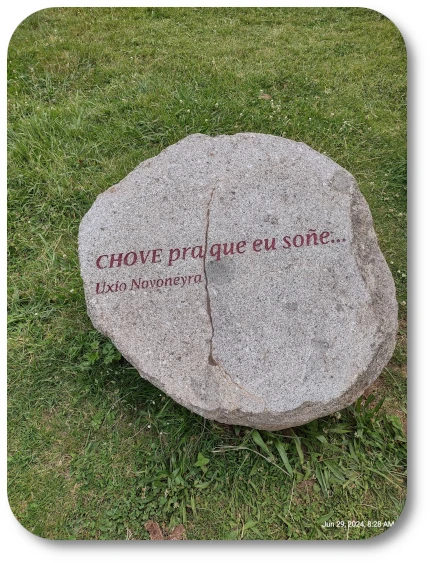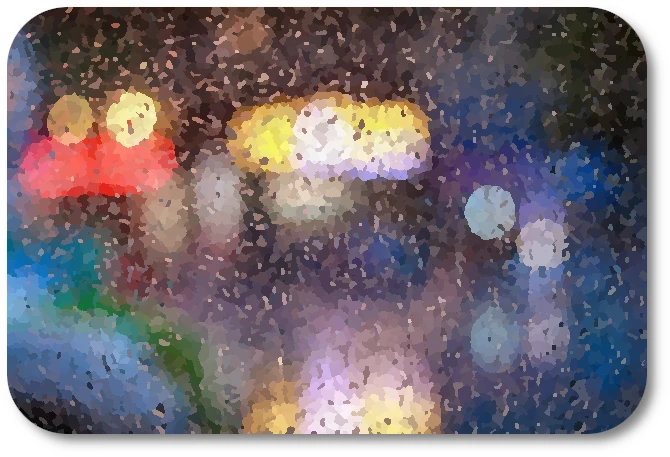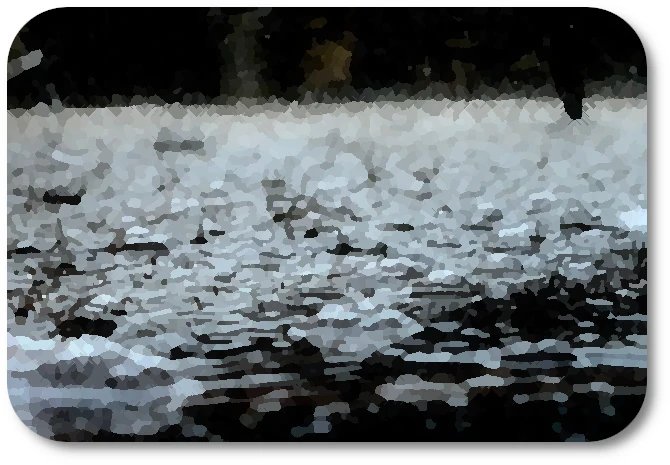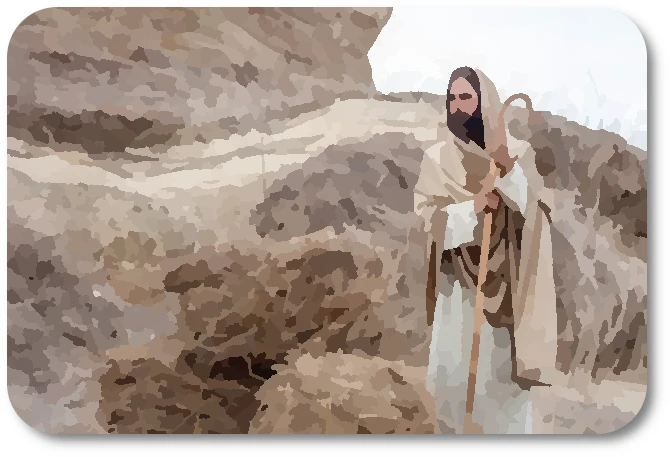- Rosary
- spiritual meditation
- Contemplative Arts
- Act of Dreaming
Act of Dreaming
Stone 4
Rain
"It rains so that I may dream."
Uxio Novoneyra

This short but evocative poem by Uxio Novoneyra conveys a sense of the restorative and inspirational power of nature.
The rain, a common occurrence in the Galician region, is personified as something that "rains" or falls in order to facilitate the act of dreaming.
The poem suggests that the natural world, represented by the rain, has the ability to stimulate the imagination and inner contemplation of the human mind.
The rain is not just a physical phenomenon, but something that nourishes the creative and spiritual aspects of our being.
By stating "so that I may dream", the poet implies that the rain creates a space, both literlly and metaphorically, for the individual to enter a state of reverie, reflection and creative inspiration.
The simplicity of the language belies a deeper meaning about the profound connection between the natural environment and the human experience of wonder, imagination and self-discovery.
Overall, this poem encapsulates a romantic, almost mystical perspective on the relationship between nature and the human mind, where the rain becomes a catalyst for introspection, dreaminess and artistic expression.
Uxio Novoneyra - Author
Uxio Novoneyra (1930-1999) was a Galician poet, considered one of the most important figures in 20th century Galician literature. He was born in the rural village of Parada de Sil in the Mountainous region of Galicia, Spain.
Act of Dreaming
 |
 |
 |

"It rains so that I may dream...", speaks to the spiritual connection the may have felt with the natural world of his Galacian homeland.
The mountainous village of Parada de Sil, where the rhythms of the land and the ever-present rain create an atomospher conducive to inner reflection and creative inspiration.
He personifies the rain as a force that nourishes the human capacity for dreaming and imagination, a testament to his belief in the restorative power of communing with the natural enviroment.
For those seeking a deeper spiritual understanding the countryside may offer a sanctuary where one can quiet the mind and allow the elements to awaken the senses and stir the soul, much as rain does.
A Sensory Experience

The sensory experience of praying the Rosary or walking the Stations - the feel of the rosary beads, the sight of the stations, the sound of prayers recited, can awaken the senses and open the heart to the stirrings of the divine, much like the rain that inspires Novoneyra's poetic dreaming.
How do you feel the natural world (rain, wind, sunlight) influences your spiritual life and connection to the divine?
In what ways can the rhythmic, embodied practices of the Rosary or Stations of the Cross foster a sense of inner peace and inspiration?
Describe a time when you experienced a deep sense of wonder or creativity while engaging in a spiritual practice. What elements of the practice resonated most with you?
How might you incorporate more sensory, embodied elements into your spiritual life to deepen your connection to the divine?
Reflections that connect the themes of the Poem and the Rosary

In a similiar way, the rosary and the Stations of the Cross are spiritual practices that invite the faithful to engage both the body and the spirit.
The rhythmic repetition of the rosary prayers, like the steady patter of raindrops, can induce a meditative state and open the heart to divine inspiration.
As one walks the Stations, tracing the steps of Christ's Passion, the body's movement through sacred spaces mirrors and internal journey of reflection, sorrow, and ultimately redemption.















